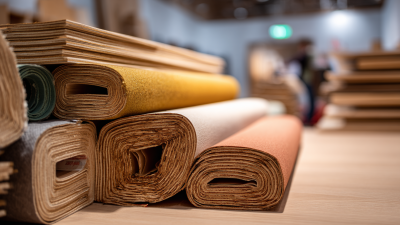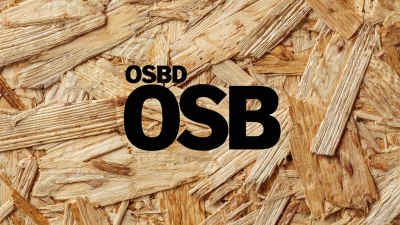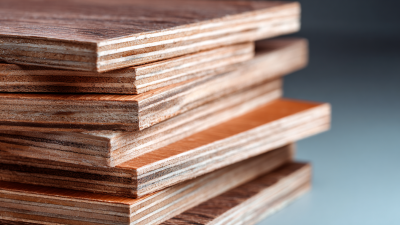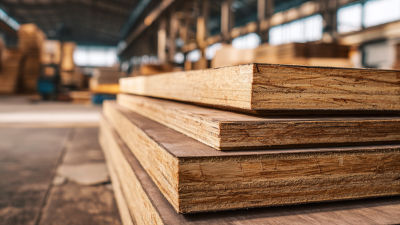When embarking on a home renovation project, one of the most crucial decisions you will face is selecting the right flooring material. Among the various options available, flooring plywood stands out for its versatility, affordability, and ease of installation. With myriad styles, finishes, and grades to choose from, selecting the best flooring plywood for your home can seem overwhelming. This ultimate guide is designed to simplify the decision-making process by providing essential insights into the features and benefits of flooring plywood, as well as practical tips on how to choose the perfect type to suit your aesthetic and functional needs. From durability to maintenance, we'll explore everything you need to know to make an informed decision, ensuring your home renovation brings both beauty and resilience to your living spaces.
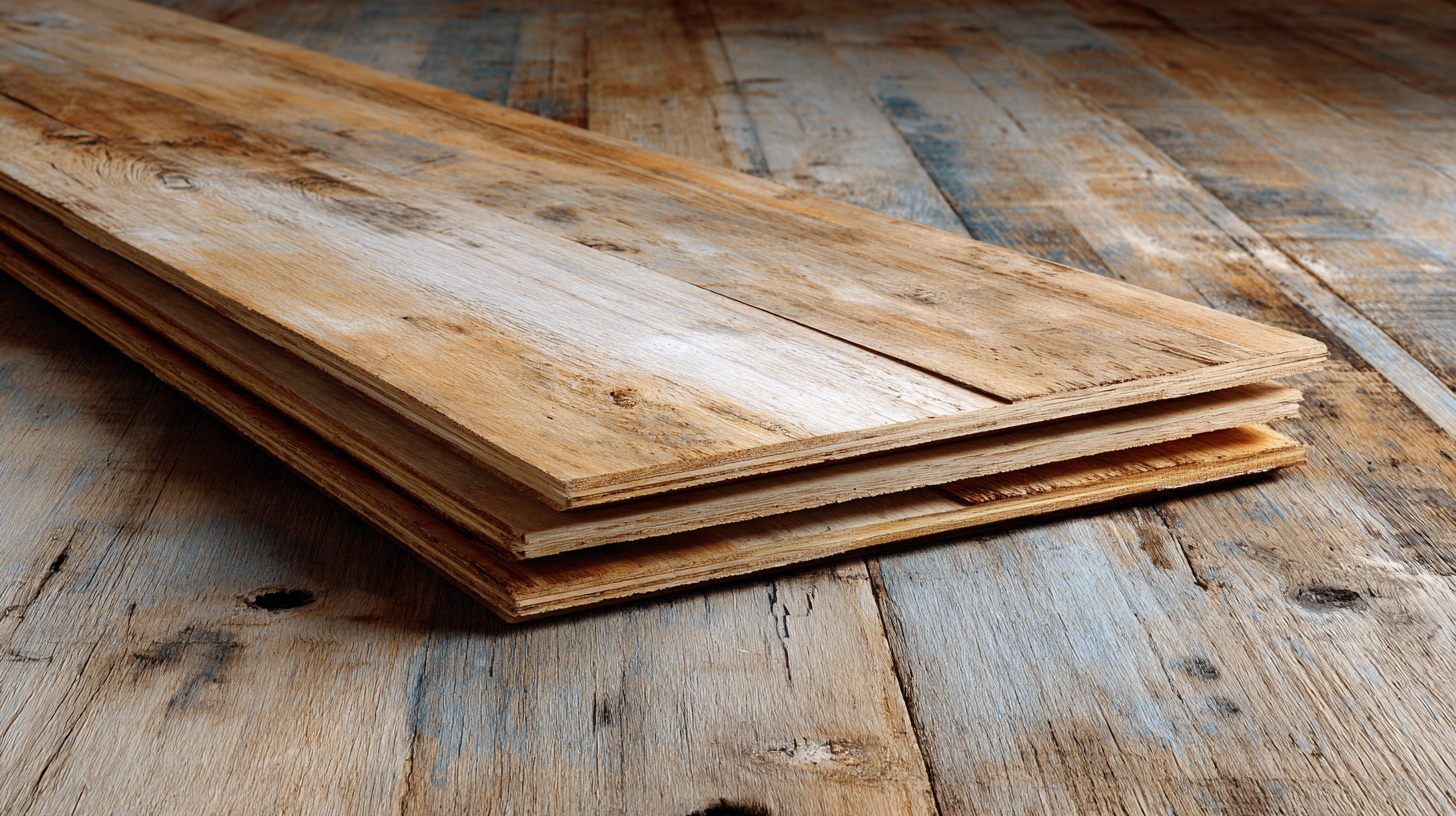
When embarking on a home renovation, selecting the right flooring plywood is crucial. Various types of flooring plywood can suit different needs based on the style of your home and the specific requirements of each room. For instance, hardwood flooring remains a popular choice due to its aesthetic appeal and durability, with installation costs ranging from $5 to $10 per square foot.
It's applicable not only in traditional settings but can also complement modern designs, making it a versatile option for many homeowners.
Alternatively, laminate flooring provides a cost-effective solution, averaging around $3000 in total installation costs, or about $3 to $13 per square foot. It offers an impressive look similar to hardwood while being easier to install and maintain.
For areas facing high foot traffic, durable alternatives such as vinyl and porcelain flooring stand out, resistant to scratches and dents, thus ensuring longevity against daily wear and tear. As you ponder your choices, consider the functional and stylistic elements of each flooring type to best match your home's renovation needs.
When it comes to selecting plywood for your flooring renovation, understanding the differences between softwood and hardwood plywood is essential.
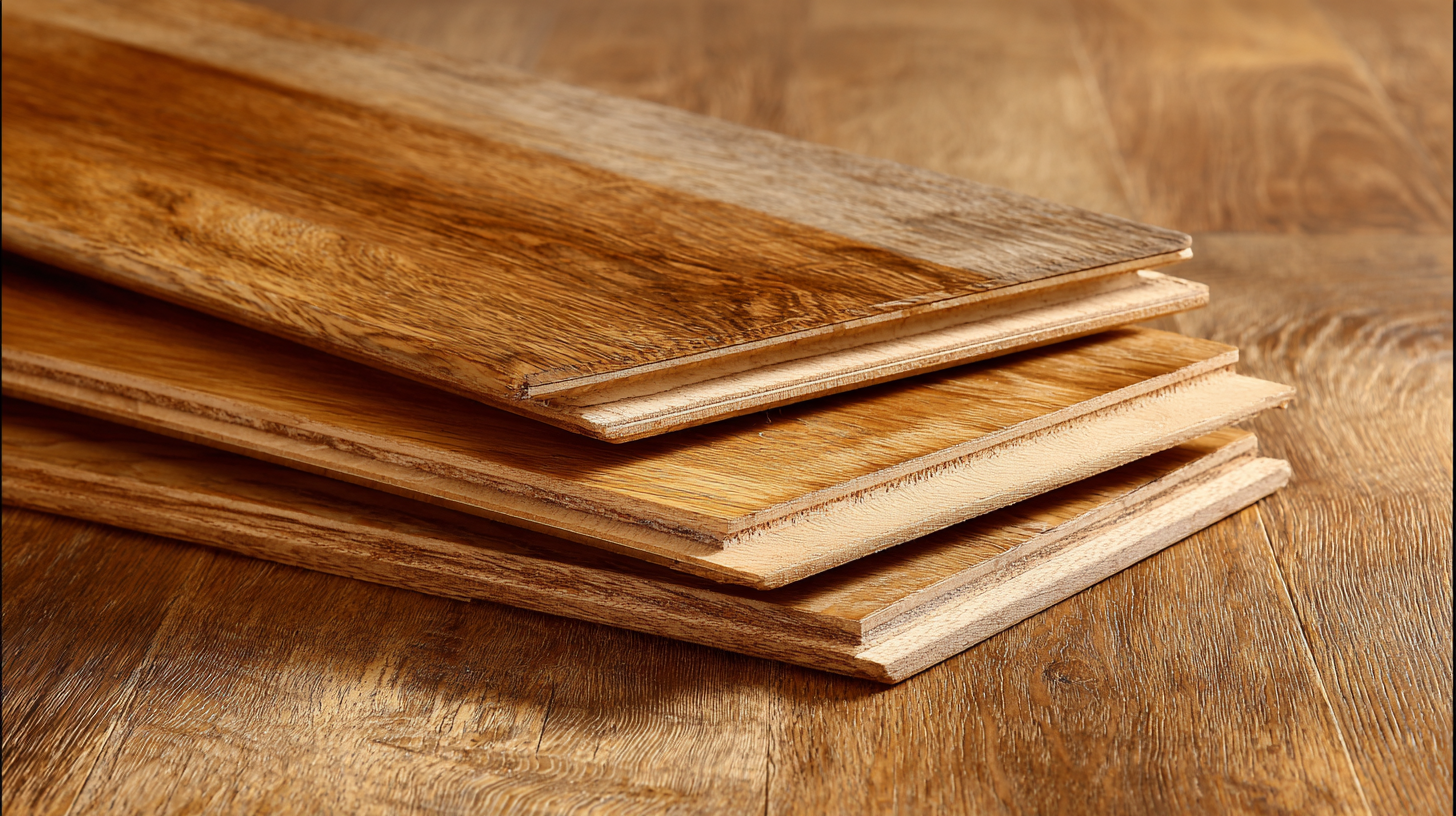 Softwood plywood, typically sourced from coniferous trees like pine, fir, and spruce, is known for its lightweight and cost-effective nature.
It is an excellent choice for projects where budget constraints are a priority. Softwood plywood is also relatively easy to work with, making it ideal for DIY enthusiasts.
However, its durability and resistance to wear and tear may not match that of hardwood plywood, especially in high-traffic areas.
Softwood plywood, typically sourced from coniferous trees like pine, fir, and spruce, is known for its lightweight and cost-effective nature.
It is an excellent choice for projects where budget constraints are a priority. Softwood plywood is also relatively easy to work with, making it ideal for DIY enthusiasts.
However, its durability and resistance to wear and tear may not match that of hardwood plywood, especially in high-traffic areas.
On the other hand, hardwood plywood is made from deciduous trees such as oak, maple, and cherry. It boasts superior strength, durability, and an attractive finish that enhances the aesthetic appeal of any space.
Hardwood plywood is less prone to warping and scratching, making it a more reliable option for long-term use in homes. Although it tends to be more expensive than its softwood counterpart,
the longevity and high-quality appearance can justify the investment.
Those looking to achieve a luxurious look and feel in their flooring should strongly consider hardwood plywood as an ideal choice.
When selecting flooring plywood for your home renovation, it's crucial to focus on key features that ensure durability and aesthetic appeal. First and foremost, consider the plywood grade. Higher-grade plywood with fewer knots and defects not only looks better but also enhances the stability of your flooring. Opt for exterior-grade plywood if moisture is a concern, as this type is treated to withstand humidity and wet conditions.
Tip: Always check the thickness of the plywood. A thickness of at least ¾ inch is recommended for flooring applications, as it provides better support and reduces the chances of warping over time.
Another important feature is the type of wood used in the plywood. Hardwoods like oak or maple are ideal for their strength and longevity, while softer woods may be more cost-effective but can show wear more quickly. Additionally, evaluate the plywood's warranty and manufacturer reputation to ensure you're investing in a product that meets quality standards.
Tip: When possible, visit a showroom or warehouse to physically inspect the plywood. This allows you to assess the texture and finish, which are vital for both functionality and appearance in your renovated space.
| Feature | Importance | Recommended Specifications |
|---|---|---|
| Thickness | Ensures durability and load-bearing capacity. | At least 3/4 inch for heavy traffic areas. |
| Grade | Indicates quality and appearance. | Choose A or B grade for visible areas. |
| Plywood Type | Determines suitability for different environments. | Exterior (for moisture exposure) or Interior options. |
| Finish | Impacts appearance and ease of maintenance. | Smooth finish preferred for aesthetic appeal. |
| Moisture Resistance | Crucial for areas prone to dampness. | Look for waterproof or treated options. |
| Eco-friendliness | Impacts environmental sustainability. | Select FSC-certified plywood for sustainability. |
| Cost | Influences budget planning. | Generally ranges from $30 to $100 per sheet. |
When it comes to flooring projects, understanding the impact of thickness options in plywood can significantly influence the overall outcome. Thicker plywood generally provides enhanced stability and durability, making it ideal for high-traffic areas or where heavy appliances will be placed. For instance, selecting 3/4-inch plywood instead of 1/2-inch can help prevent warping and ensure a smooth foundation for the top flooring material, whether it's vinyl plank, engineered wood, or laminate.
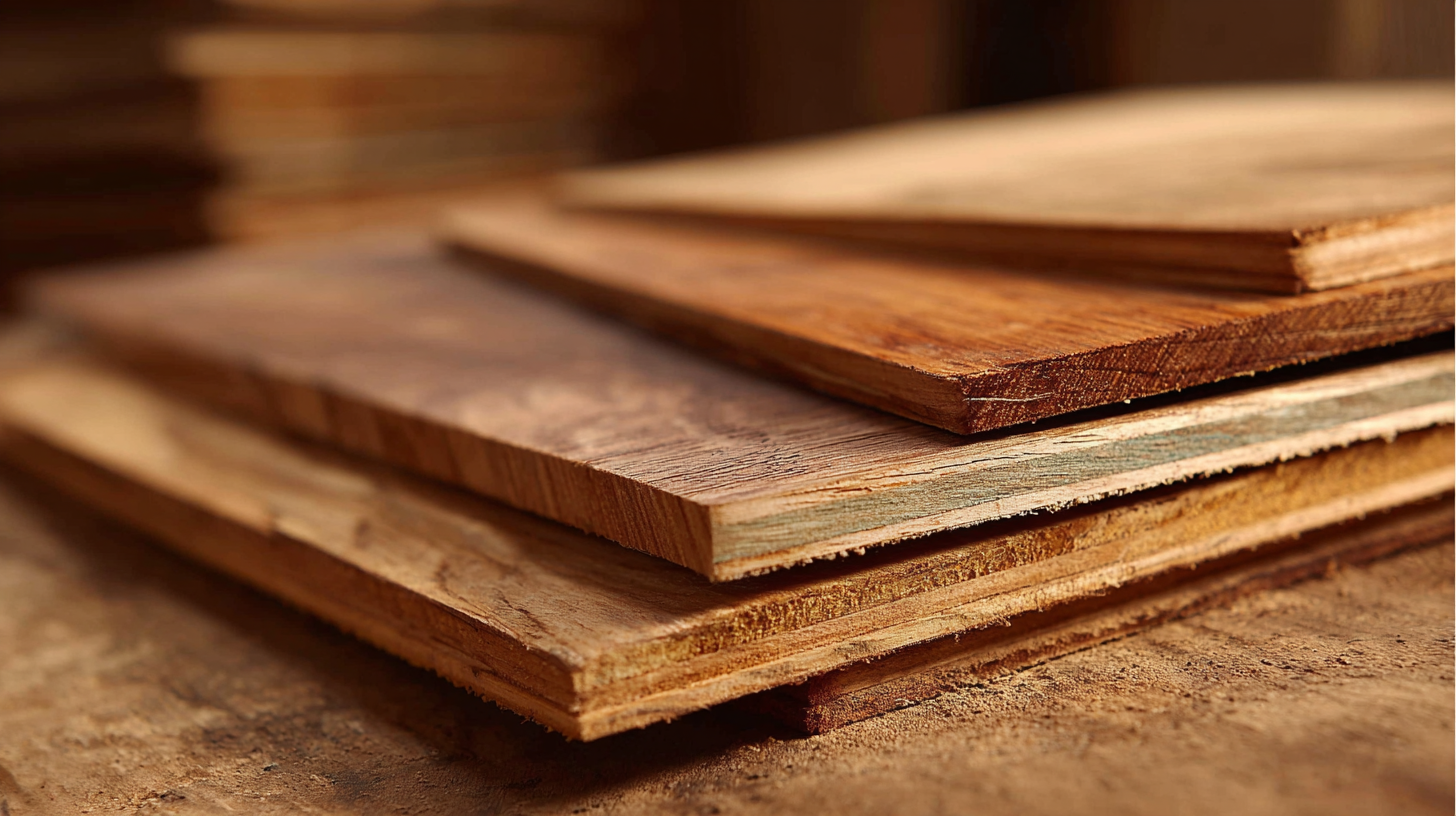
Additionally, the choice of plywood thickness can also affect the installation process. Thicker boards may require more robust tools for cutting and laying, which could be daunting for DIYers with limited experience. However, thinner plywood can sometimes lead to easier handling and reduced costs, yet may compromise the longevity of your flooring. Thus, evaluating your project’s specific needs, including the type of flooring you intend to install and the expected wear and tear, is crucial for making an informed decision on plywood thickness.
When selecting plywood flooring for home renovations, one significant factor to consider is its environmental impact. Many manufacturers now offer sustainable options that utilize resources more responsibly. According to the Forest Stewardship Council (FSC), choosing FSC-certified plywood ensures that the wood comes from sustainably managed forests, helping to preserve ecosystems while reducing deforestation. Reports indicate that the use of such certified materials can contribute to a 50% reduction in negative environmental impacts associated with flooring production.
Moreover, embracing sustainable plywood flooring not only benefits the environment but also enhances indoor air quality. Low-emission adhesive options are available that minimize volatile organic compounds (VOCs), which can lead to health issues. The U.S. Environmental Protection Agency (EPA) highlights that opting for such products can significantly improve air quality within homes, making them safer for occupants. As awareness grows around sustainability, opting for environmentally friendly plywood aligns renovation projects with a broader commitment to ecological responsibility.
